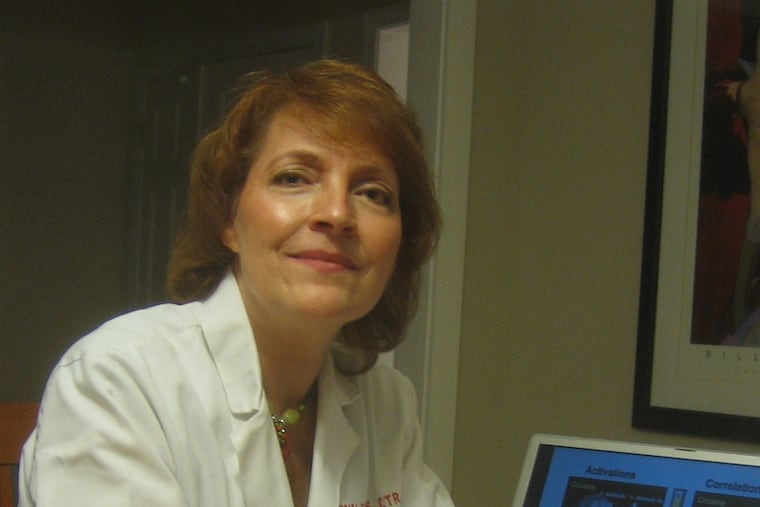Could these common medications help curb addiction?
Overdose deaths in the area have spiraled upward. Philadelphia is on pace to exceed last year’s high of more than 1,200 deaths.

Overdose deaths in the area have spiraled upward. Philadelphia is on pace to exceed last year’s high of more than 1,200 deaths.
